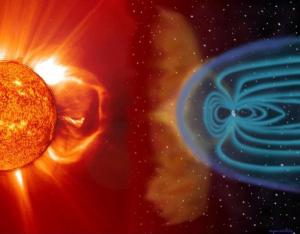
© Dan Tuffs / RexAttackers could cause a cascade of failures in the US west-coast electricity grid
Predicting how rumours and epidemics percolate through populations, or how traffic jams spread through city streets, are network analyst Jian-Wei Wang's bread and butter. But his latest findings are likely to spark worries in the US: he's worked out how attackers could cause a cascade of network failures in the US's west-coast electricity grid - cutting power to economic powerhouses Silicon Valley and Hollywood.
Wang and colleagues at Dalian University of Technology in the Chinese province of Liaoning modelled the US's west-coast grid using publicly available data on how it, and its subnetworks, are connected (
Safety Science, DOI:
link).
Their aim was to examine the potential for cascade failures, where a major power outage in a subnetwork results in power being dumped into an adjacent subnetwork, causing a chain reaction of failures. Where, they wondered, were the weak spots? Common sense suggests they should be the most highly loaded networks, since pulling them offline would dump more energy into smaller networks.


Comment: In G I Gurdjieff's book Beelzebub's Tales to his Grandson, the Captian of the space ship Karnak explains that one Saint Venoma founded space travel on his observation of the law of falling.